
Igor Fyodorovich Stravinsky was a Russian composer and conductor with French citizenship and American citizenship. He is widely considered one of the most important and influential composers of the 20th century and a pivotal figure in modernist music.

The Rite of Spring is a ballet and orchestral concert work by the Russian composer Igor Stravinsky. It was written for the 1913 Paris season of Sergei Diaghilev's Ballets Russes company; the original choreography was by Vaslav Nijinsky with stage designs and costumes by Nicholas Roerich. When first performed at the Théâtre des Champs-Élysées on 29 May 1913, the avant-garde nature of the music and choreography caused a sensation. Many have called the first-night reaction a "riot" or "near-riot", though this wording did not come about until reviews of later performances in 1924, over a decade later. Although designed as a work for the stage, with specific passages accompanying characters and action, the music achieved equal if not greater recognition as a concert piece and is widely considered to be one of the most influential musical works of the 20th century.

George Balanchine was a Georgian-American ballet choreographer, recognized as one of the most influential choreographers of the 20th-century. Styled as the father of American ballet, he co-founded the New York City Ballet and remained its artistic director for more than 35 years. His choreography is characterized by plotless ballets with minimal costume and décor, performed to classical and neoclassical music.
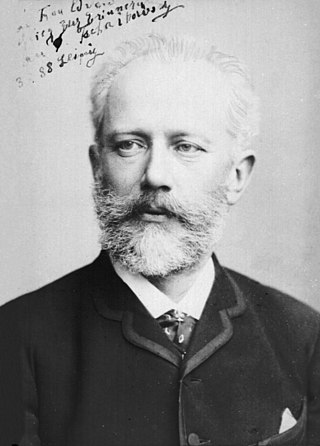
The Nutcracker, Op. 71, is an 1892 two-act classical ballet by Pyotr Ilyich Tchaikovsky, set on Christmas Eve at the foot of a Christmas tree in a child's imagination featuring a Nutcracker doll. The plot is an adaptation of Alexandre Dumas' 1844 short story The Nutcracker, itself a retelling of E. T. A. Hoffmann's 1816 short story The Nutcracker and the Mouse King. The ballet's first choreographer was Marius Petipa, with whom Tchaikovsky had worked three years earlier on The Sleeping Beauty, assisted by Lev Ivanov. Although the complete and staged The Nutcracker ballet was not initially as successful as the 20-minute Nutcracker Suite that Tchaikovsky had premiered nine months earlier, it became popular in later years.
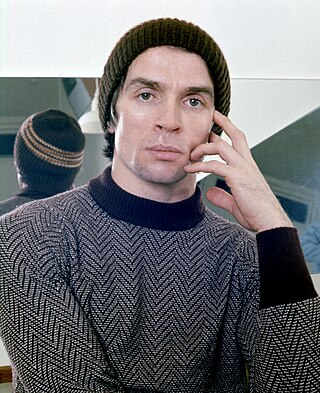
Rudolf Khametovich Nureyev was a Soviet-born ballet dancer and choreographer. Nureyev is widely regarded as the most preeminent male ballet dancer of his generation as well as one of the greatest ballet dancers of all time.
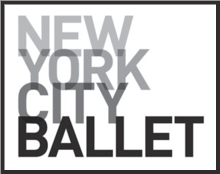
New York City Ballet (NYCB) is a ballet company founded in 1948 by choreographer George Balanchine and Lincoln Kirstein. Balanchine and Jerome Robbins are considered the founding choreographers of the company. Léon Barzin was the company's first music director. City Ballet grew out of earlier troupes: the Producing Company of the School of American Ballet, 1934; the American Ballet, 1935, and Ballet Caravan, 1936, which merged into American Ballet Caravan, 1941; and directly from the Ballet Society, 1946.

Dame Margaret Evelyn de Arias DBE, known by the stage name Margot Fonteyn, was an English ballerina. She spent her entire career as a dancer with the Royal Ballet, eventually being appointed prima ballerina assoluta of the company by Queen Elizabeth II.

Jerome Robbins was an American dancer, choreographer, film director, theatre director and producer who worked in classical ballet, on stage, film, and television.

American Ballet Theatre (ABT) is a classical ballet company based in New York City. Founded in 1939 by Lucia Chase and Richard Pleasant. Through 2019, it had an annual eight-week season at the Metropolitan Opera House in the spring and a shorter season at the David H. Koch Theater in the fall; the company tours around the world the rest of the year. The company was scheduled to have a 5-week spring season at the MET preceded by a 2-week season at the Koch Theater beginning in 2020. ABT is the parent company of the American Ballet Theatre Jacqueline Kennedy Onassis School, and was recognized as "America's National Ballet Company" in 2006 by the United States Congress.
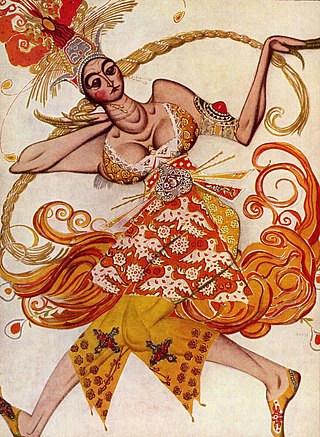
The Firebird is a ballet and orchestral concert work by the Russian composer Igor Stravinsky. It was written for the 1910 Paris season of Sergei Diaghilev's Ballets Russes company; the original choreography was by Michel Fokine, who collaborated with Alexandre Benois and others on a scenario based on the Russian fairy tales of the Firebird and the blessing and curse it possesses for its owner. It was first performed at the Opéra de Paris on 25 June 1910 and was an immediate success, catapulting Stravinsky to international fame and leading to future Diaghilev–Stravinsky collaborations including Petrushka (1911) and The Rite of Spring (1913).
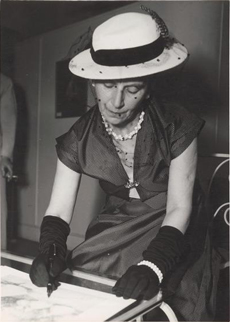
Dame Marie Rambert DBE was a Polish-born English dancer and pedagogue who exerted great influence on British ballet, both as a dancer and teacher.
The Australian Ballet (TAB) is the largest classical ballet company in Australia. It was founded by J. C. Williamson Theatres Ltd and the Australian Elizabethan Theatre Trust in 1962, with the English-born dancer, teacher, repetiteur and director Dame Peggy van Praagh as founding artistic director. Today, it is recognised as one of the world's major international ballet companies and performs upwards of 150 performances a year.
English National Ballet is a classical ballet company founded by Dame Alicia Markova and Sir Anton Dolin as London Festival Ballet and based in London, England. Along with The Royal Ballet, Birmingham Royal Ballet, Northern Ballet and Scottish Ballet, it is one of the five major ballet companies in Great Britain. English National Ballet is one of the foremost touring companies in Europe, performing in theatres throughout the UK as well as conducting international tours and performing at special events. The Company employs approximately 67 dancers and a symphony orchestra,. In 1984 Peter Schaufuss became director and changed the name to English National Ballet and founded the school English National Ballet School, which is independent from the ballet company but joining the company premises in the new building. The Company regularly performs seasons at the London Coliseum and has been noted for specially staged performances at the Royal Albert Hall. In 2014 English National Ballet became an Associate Company of Sadler's Wells.

Edward Villella is an American ballet dancer and choreographer. He is frequently cited as America's most celebrated male dancer of ballet at the time. He has won numerous awards, including the Daytime Emmy Award for Outstanding Children's Special, the Kennedy Center Honors, and the National Medal of Arts.

Apollo is a neoclassical ballet in two tableaux composed between 1927 and 1928 by Igor Stravinsky. It was choreographed in 1928 by twenty-four-year-old George Balanchine, with the composer contributing the libretto. The scenery and costumes were designed by André Bauchant, with new costumes by Coco Chanel in 1929. The scenery was executed by Alexander Shervashidze, with costumes under the direction of Mme. A. Youkine. The American patron of the arts Elizabeth Sprague Coolidge had commissioned the ballet in 1927 for a festival of contemporary music to be held the following year at the Library of Congress in Washington, D.C.

The Flood: A musical play (1962) is a short biblical drama by Igor Stravinsky on the story of Noah and the flood, originally conceived as a work for television. It contains singing, spoken dialogue, and ballet sequences. It is in Stravinsky's late, serial style.
The Original Ballet Russe was a ballet company established in 1931 by René Blum and Colonel Wassily de Basil as a successor to the Ballets Russes, founded in 1909 by Sergei Diaghilev. The company assumed the new name Original Ballet Russe after a split between de Basil and Blum. De Basil led the renamed company, while Blum and others founded a new company under the name Ballet Russe de Monte-Carlo. It was a large scale professional ballet company which toured extensively in Europe, Australia and New Zealand, the United States, and Central and South America. It closed down operations in 1947.
Bugaku is a ballet made by New York City Ballet co-founder and ballet master George Balanchine to eponymous music by Toshiro Mayuzumi, commissioned by City Ballet in 1962. The premiere took place on 30 March 1963 at City Center of Music and Drama, New York, with scenery by David Hays, costumes by Karinska, and lighting by Ronald Bates. NYCB had toured Japan in 1958 and the Gagaku Company of the Imperial Household toured the US the following year.
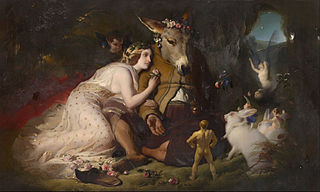
A Midsummer Night's Dream is a two-act ballet choreographed by George Balanchine to Felix Mendelssohn's music to Shakespeare's play of the same name.
La Valse is a ballet choreographed by George Balanchine to Maurice Ravel's Valses Nobles et Sentimentales and La Valse. It premiered on February 20, 1951, at the City Center of Music and Drama, performed by the New York City Ballet. The ballet depicts dancers waltzing in a ballroom, during which a woman becomes attracted to a figure of death, and ultimately dies.